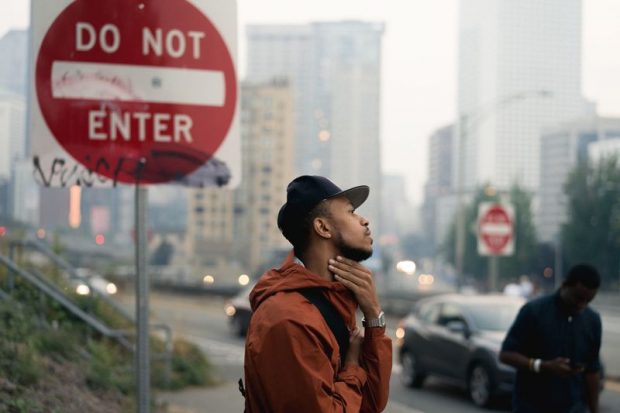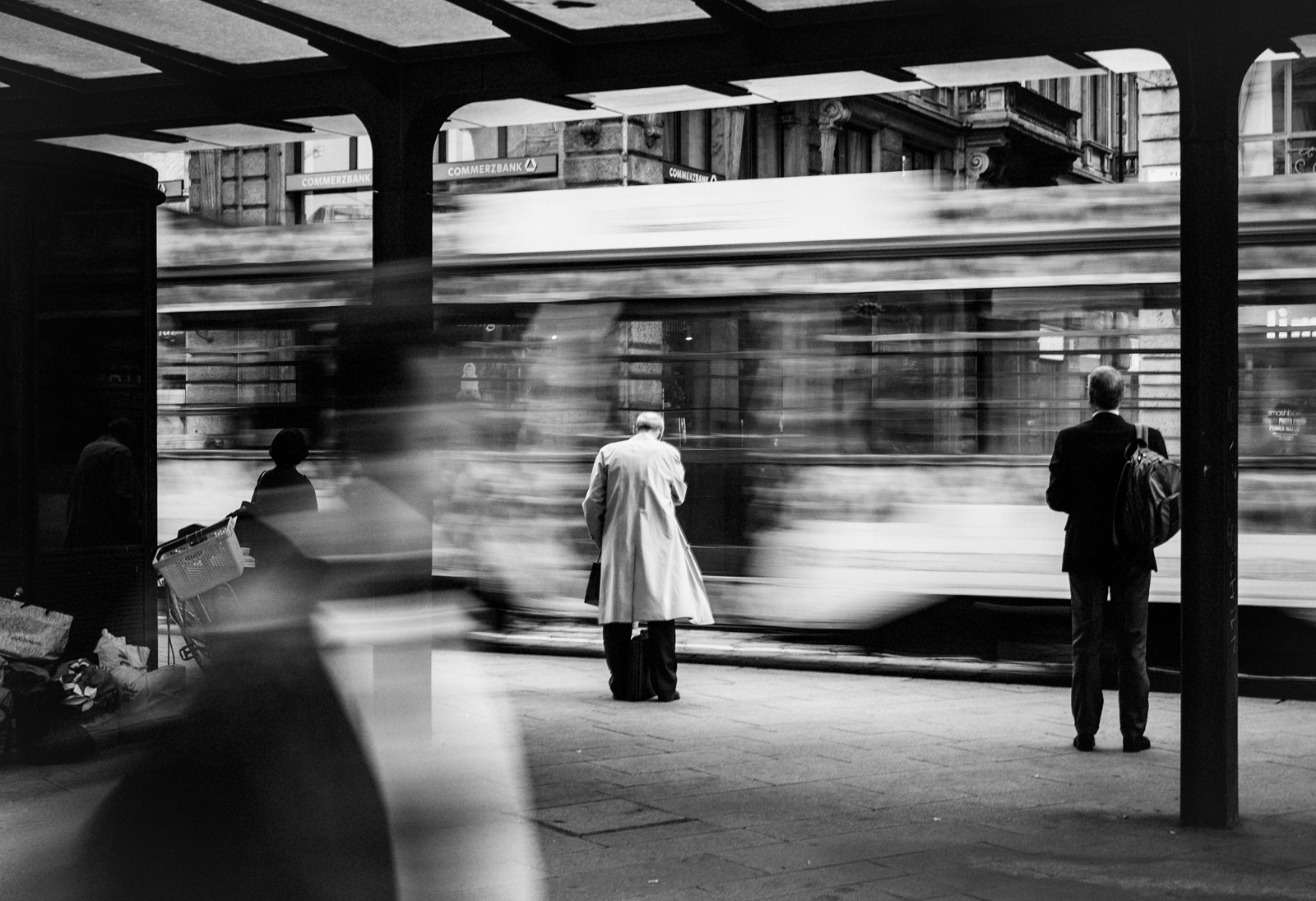Little Known Facts About Framing Streets.
Little Known Facts About Framing Streets.
Blog Article
The smart Trick of Framing Streets That Nobody is Discussing
Table of ContentsIndicators on Framing Streets You Should KnowFascination About Framing StreetsFraming Streets Can Be Fun For EveryoneThe Best Guide To Framing StreetsFraming Streets Can Be Fun For EveryoneThe smart Trick of Framing Streets That Nobody is Discussing
, normally with the objective of capturing photos at a definitive or poignant minute by cautious framing and timing. https://framing-streets.webflow.io/.
Framing Streets - Questions
Susan Sontag, 1977 Street digital photography can concentrate on individuals and their habits in public. In this respect, the street photographer resembles social documentary professional photographers or photojournalists that additionally function in public places, however with the purpose of catching relevant occasions. Any one of these digital photographers' pictures might record individuals and residential property visible within or from public locations, which usually involves browsing honest concerns and legislations of personal privacy, safety, and residential property.
Depictions of everyday public life create a genre in nearly every duration of world art, starting in the pre-historic, Sumerian, Egyptian and very early Buddhist art durations. Art dealing with the life of the road, whether within views of cityscapes, or as the dominant motif, appears in the West in the canon of the Northern Renaissance, Baroque, Rococo, of Romanticism, Realistic look, Impressionism and Post-Impressionism.
The Main Principles Of Framing Streets
Louis Daguerre: "Boulevard du Temple" (1838 or 1839) In 1838 or 1839 the initial photo of figures in the street was taped by Louis-Jacques-Mand Daguerre in one of a set of daguerreotype views extracted from his workshop home window of the Boulevard du Holy place in Paris. The second, made at the elevation of the day, shows an uninhabited stretch of street, while the other was taken at concerning 8:00 am, and as Beaumont Newhall reports, "The Boulevard, so constantly full of a relocating bunch of pedestrians and carriages was completely solitary, other than an individual who was having his boots combed.
His boots and legs were well specified, but he is without body or head, since these were in movement." Charles Ngre, waterseller Charles Ngre. https://www.tumblr.com/framingstreets1/739107565559037952/framing-streets-is-a-timeless-journey-a-journey?source=share was the first photographer to acquire the technical sophistication needed to sign up people in motion on the road in Paris in 1851. Photographer John Thomson, a Scotsman dealing with reporter and social lobbyist Adolphe Smith, released Road Life in London in twelve regular monthly installations beginning in February 1877
Excitement About Framing Streets
Eugene Atget is pertained to as a progenitor, not because he was the first of his kind, however as a result of the popularisation in the late 1920s of his document of Parisian roads by Berenice Abbott, that was motivated to undertake a similar documents of New York City. [] As the city created, Atget helped to advertise Parisian streets as a worthwhile subject for photography.

Getting My Framing Streets To Work
Martin is the first tape-recorded digital photographer to do so in London with a masked electronic camera. Mass-Observation was a social study organisation established in 1937 which aimed to record day-to-day life in Britain and to videotape the reactions of the 'man-in-the-street' to King Edward VIII's abdication in 1936 to wed separation Wallis Simpson, and the succession of George VI. The principal Mass-Observationists were anthropologist Tom Harrisson in Bolton and poet Charles Madge in London, and their initial report was generated as the publication "May the Twelfth: Mass-Observation Day-Surveys 1937 by over two hundred onlookers" [] Home window cleaner at Kottbusser Tor, Berlin, by Elsa Thiemann c. 1946 The post-war French Humanist College digital photographers found their topics on the street or in the restaurant. Andre Kertesz.'s widely appreciated Images la Sauvette (1952) (the English-language edition was entitled The Definitive Moment) promoted the idea of taking a photo at what he termed the "decisive moment"; "when kind and content, vision and composition merged right into a transcendent whole" - photography presets.
Framing Streets Can Be Fun For Anyone
, then an instructor of young kids, linked with Evans in 193839.'s 1958 book,, was considerable; raw and frequently out of focus, Frank's pictures examined conventional photography of the time, "challenged all the formal regulations laid down by Henri Cartier-Bresson and Walker Evans" and "flew in the face visit this site right here of the wholesome pictorialism and heartfelt photojournalism of American publications like LIFE and Time".
Report this page